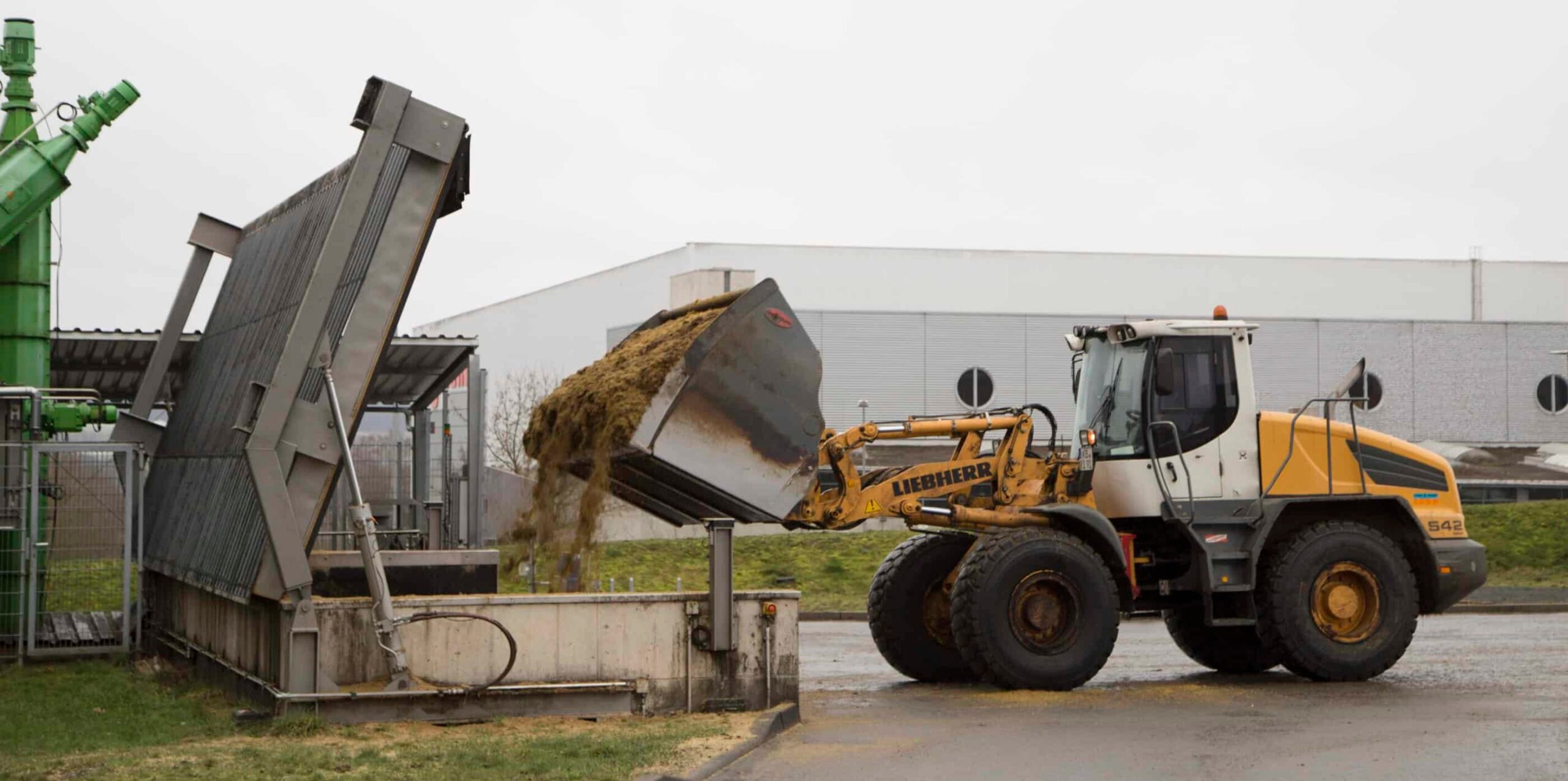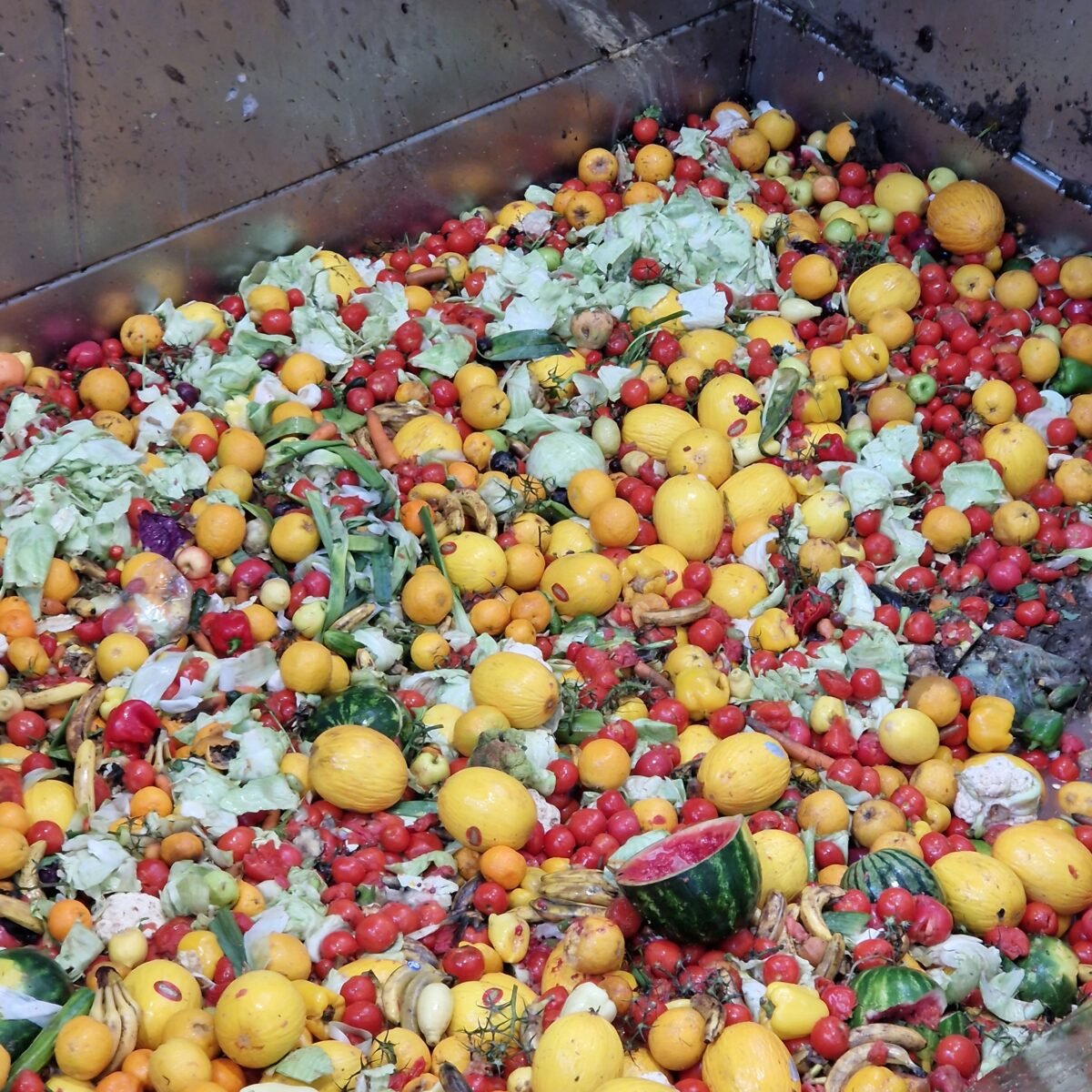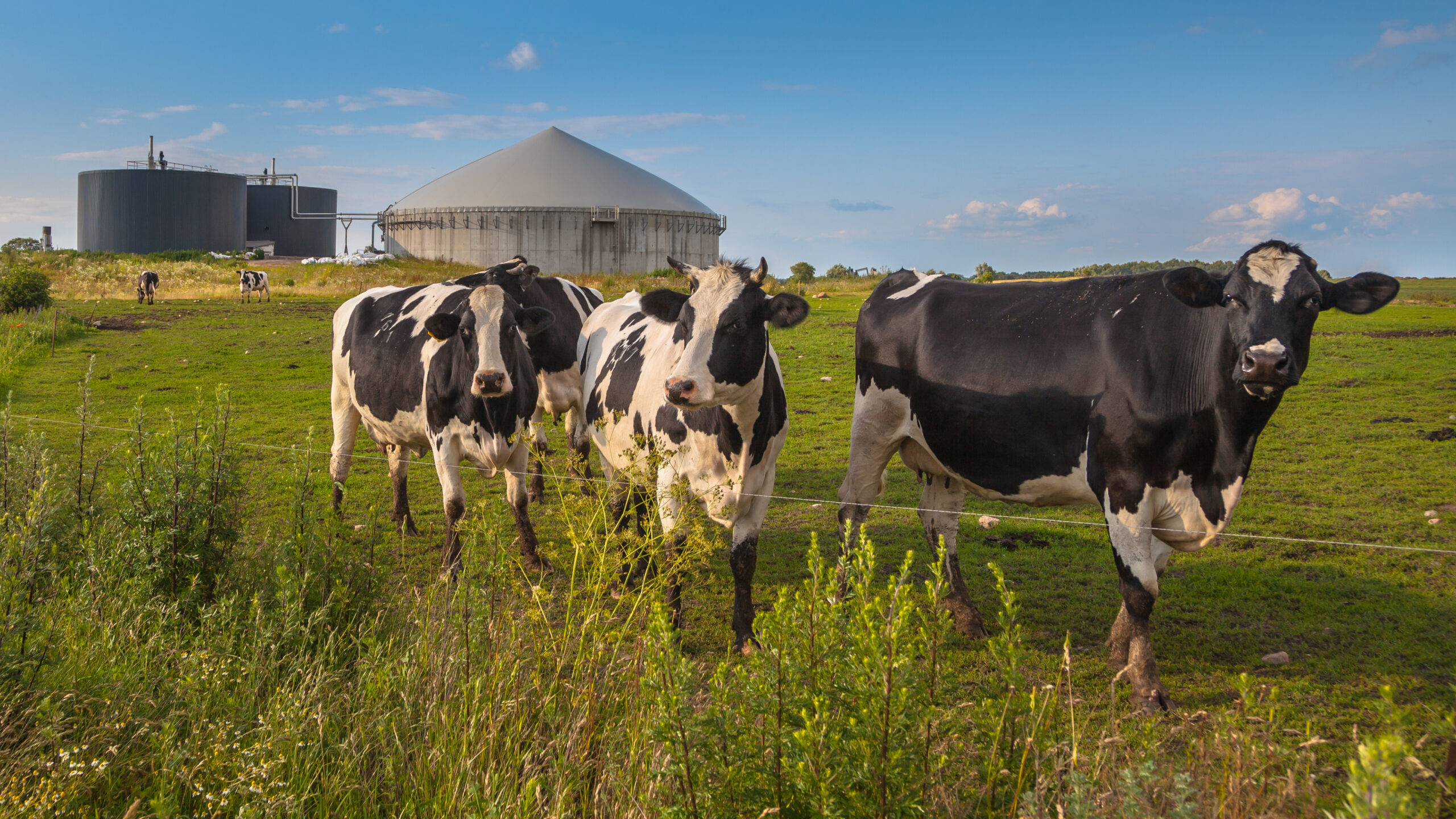


We offer pre-treatment and feed solutions for most feedstock used in biogas plants. These solutions are always based on the feedstock characteristics and the required capacity, and are therefore selected for each project on a case-by-case basis, in accordance with the best proven technologies in the industry.
Whether municipal bio-waste is obtained from mixed waste separation, separate collection or from expired food products in shops, it almost invariably contains plastics and other contaminants. These contaminants can cause long-term challenges in the biogas reactor and reduce the fertiliser value of the treatment residue, so it is recommended that they are separated out before the gasification process.
There are several options for the pre-treatment of biowaste, and the equipment is typically selected according to the amount of contaminants, the type of biogas reactor and the quality requirements of the treatment residue. Options include:


For the microbial process in a biogas plant to work optimally, the feed must meet certain criteria:

A feeding installation is a silo and conveyor system that transfers the feeds after reception and possible pre-treatment. biogas process. The supply system can be built above or below ground, as required, and can be located outdoors or inside a building. The feeders can be sized at the tender stage to meet the possible expansion needs of the plant.
There are several options for equipment choices for silos and conveyors, including:
Each solution is configured according to the dry matter content of the substrate, technological requirements, and the desired level of automation.
Want an estimate on how we would implement your project? Contact us, let's think about it as a group.

© 2026 Biovoima
Privacy policy
